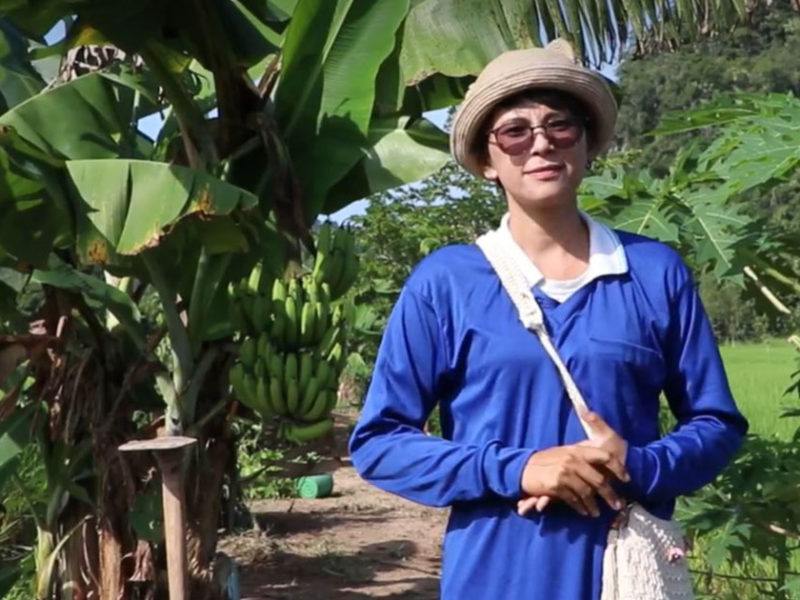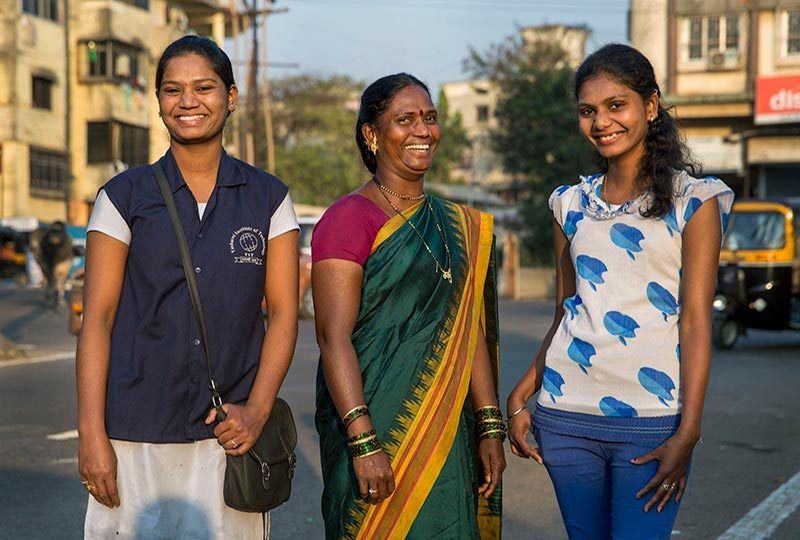In El Salvador, local rural communities depend on the mangroves and the creatures that thrive in them for food and their livelihood. Mangroves also act as buffers against the threats posed by climate change by bolstering shorelines from rising seawaters and trapping carbon emissions.[1] La Unidad Ecológica Salvadoreña (UNES)—an organization supported by AJWS—is protecting endangered mangrove forests in Ahuachapán Department.
“Our forest is what gives us life,” said Manuel Trigeros Guillan, a local fisherman. For generations, residents like Manuel have lived in harmony with their environment. But in recent years, profit-hungry companies have been acquiring large tracts of lands near mangroves to grow sugarcane, a crop that is very water-intensive.[2] These plantations are leeching the soil of its rich nutrients and drastically depleting underground water reserves, causing nearby mangroves to dry up and wither. Moreover, trespassers are exploiting mangroves for wood.
But thanks to education and support from UNES, rural communities in this area are coming together to replant and replenish mangroves and to patrol these areas from intruders—ensuring this delicate ecosystem is preserved for their children.
[1] https://www.weforum.org/agenda/2014/12/how-mangroves-can-fight-climate-change/
[2] https://voiceselsalvador.files.wordpress.com/2016/05/large-scale-sugarcane-production-in-el-salvador.pdf





